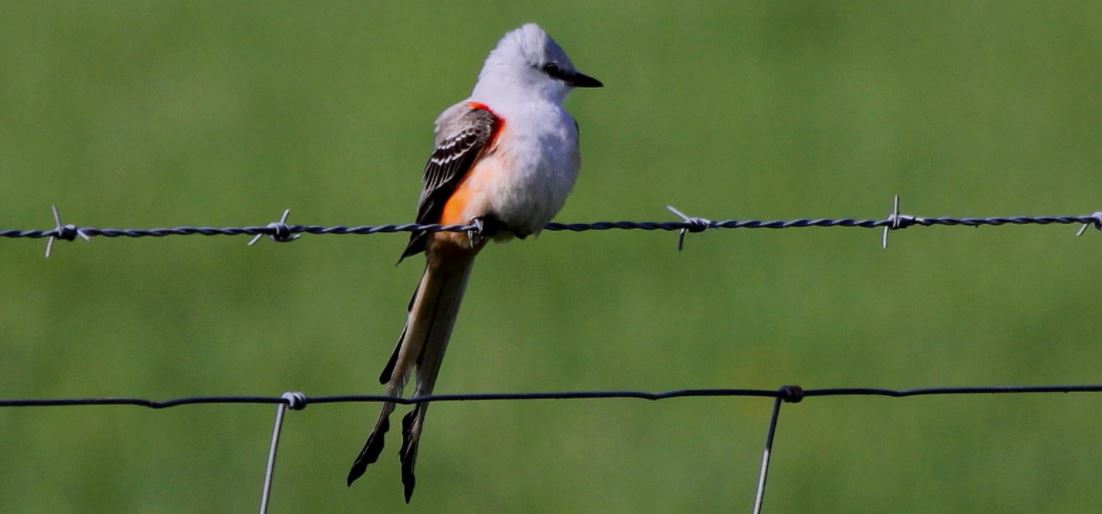The term “wildlife exemption” has to do with certain lands in Texas, but what does a wildlife exemption mean? If someone says they have a wildlife exemption on their property it basically tells you that they are managing their property for native wildlife, engaging in wildlife management activities and also receiving a special tax valuation in the process.
In Texas, lands have a variety of tax valuations and individual landowners can apply for a number of exemptions. Most rural lands engaged in agricultural production, such as farming, ranching, and even timber production, have an agricultural (ag) tax valuation.
What is a Wildlife Exemption Versus a Wildlife Tax Valuation?
They are actually the same thing. Most landowners use the term “wildlife exemption” when discussing a wildlife tax valuation. Texas property owners can get exemptions for many things, but wildlife management is not one of them. An exemption actually exempts you from paying property tax on certain amount of property.

A homestead exemption, for example, is a set value that a county appraisal district deducts from the value of a primary residence (home) that ultimately reduces the overall tax a homeowner pays. The value of that deduction is exempt from taxation, i.e. not taxed at all. It’s exempt. There are other exemptions available.
A Wildlife Exemption Means Wildlife Use
A wildlife exemption, appropriately termed a wildlife tax valuation, does not remove property value from taxation. Instead, it allows properties enrolled in wildlife management use to maintain the same tax rate as lands that continue to implement traditional ag operations.
In Texas, agricultural lands are not taxed at market value. Instead, ag lands are taxed based on their annual ag production value, which is often much, much less than their market value. As a result, lands that are switched a wildlife tax valuation are taxed at the same, prior tax rate as when they were in ag production.
Wildlife management use for agricultural lands was developed by the State of Texas as a way to conserve open space across the state. In exchange for managing for native wildlife species, which includes everything from insects to lizards to ducks to deer, property owners can continue to have their property taxes based on annual ag production value. It’s a good deal for wildlife and people, since the annual tax on ag land is less than $2 per acre.
How do I Apply for Wildlife Management Use?
In Texas, property owners can apply for tax changes to their property with their local county appraisal district during the first 4 months of each year. To apply for property tax appraisal of open spaced lands as authorized by Section 1-d-1 of the Texas Constitution for wildlife management use, a landowner must submit a Open Space Appraisal Application and wildlife management plan.

Both documents will contain information on the management of the property for wildlife, but the wildlife management plan must provide detailed information regarding the species targeted for management as well as the management practices that will be implemented on an annual basis.
Only properties that are currently being appraised as agricultural lands or timber lands may convert to appraisal based on wildlife management. Please contact us if you have additional questions or are interested in our wildlife management plan preparation services.
